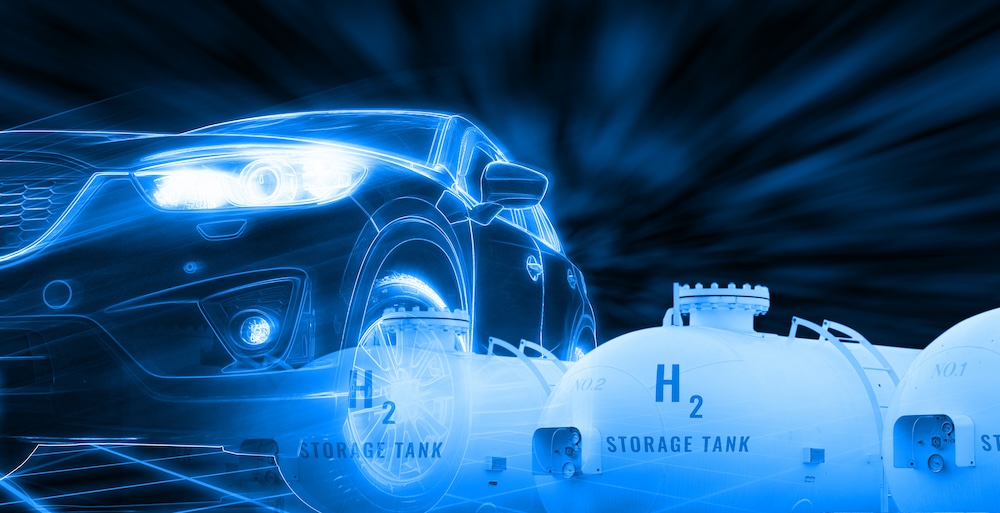
The University of Toledo is spearheading a major initiative to help prepare the region to transition towards a hydrogen economy, focusing on workforce development and academic program innovation. On June 26, 2025, the university hosted a workshop at the Nitschke Technology Commercialization Complex in Toledo. This event brought together educators, industry leaders, policymakers, and workforce development professionals to address critical questions about training, curriculum alignment, and building a robust talent pipeline for hydrogen production, storage, and the deployment of zero-emission technologies.
This effort is fueled in part by a $3 million grant from the U.S. Department of Energy (DOE) and represents a collaborative partnership among multiple institutions including Case Western Reserve University, Owens Community College, Lorain County Community College, the Workforce Intelligence Network, and the Ohio Aerospace Institute. The initiative includes developing new academic programs and certifications aimed at equipping workers for emerging hydrogen-related roles in production, distribution, and utilization, with student recruitment efforts anticipated to begin as early as Fall 2026.
The stated goal is not solely workforce training, but also fostering economic impact in the region. By bridging universities, community colleges, and employers, the initiative attempts to catalyze long-term regional development and position Ohio as a leader in the growing green hydrogen and clean technology sectors.
Supporting the development of undergraduate courses at universities and associate-level certifications at community colleges, the funding aims to create clear pathways for worker upskilling and new career opportunities in hydrogen technologies. This approach includes virtual networking events hosted by organizations like the Ohio Aerospace Institute, which focus on identifying current and future workforce needs across Ohio and Michigan.
The institutions involved are collaborating to roll out programs addressing both current industry demands and anticipating future technological advancements in hydrogen infrastructure, to help ensure these emerging workforces are well-prepared.
By bringing together academic institutions, industry, and state funding, this initiative not only helps address workforce shortages but support Ohio’s role as a front-runner in the hydrogen economy. The project promises to generate jobs, strengthen economic prospects, and boost growth in an evolving clean energy landscape, creating a model for other regions to watch in preparing for the shift to hydrogen-based solutions.
Trending Stories
Latest Videos



